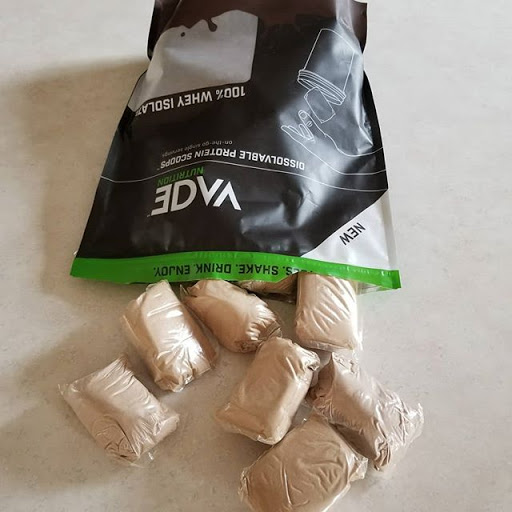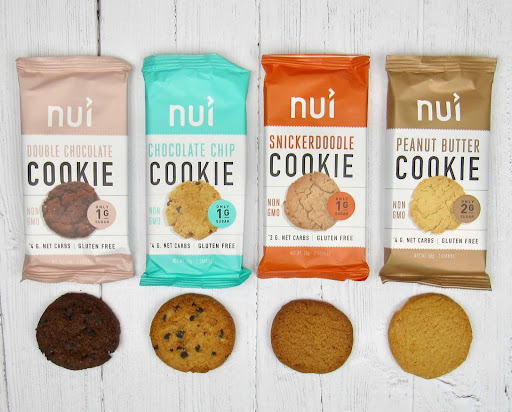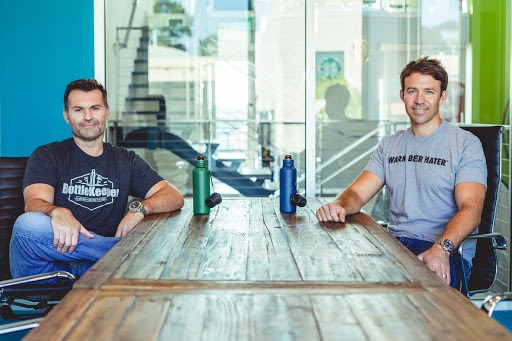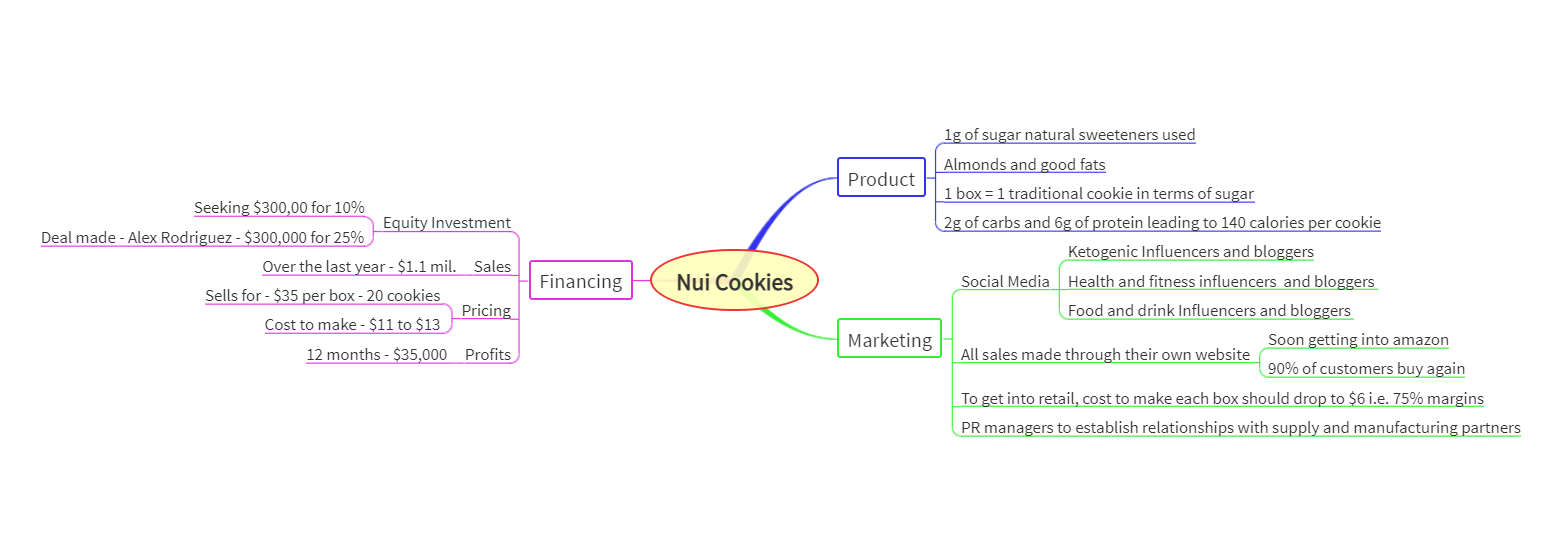visual representation of business plans via mind maps
by Dr. Edward G. Rogoff and Vibhu M. Krishnaswamy
I have taught entrepreneurship at the college and graduate levels for more than 25 years. During this time, this field has transitioned from a “nuts and bolts” approach of running a small business to a discipline that includes training students to change the world. In addition, while once seen as a discipline that was regarded as the exclusive domain of graduate business students, today entrepreneurship is offered at all levels to students in virtually any field. Entrepreneurship has become a way to think about virtually any issue.
Part of these changes has been a migration of this curriculum — and approach to thinking — to all levels, even grade school. After all, if entrepreneurs invent solutions and work creatively and often in teams, why not share this approach to students at a young age. This Lumos Blog Series is precisely focused on this topic. In this and in subsequent blog posts over the next months, I will:
- Review the basket of entrepreneurial skills.
- Provide a dictionary of relevant terms in the entrepreneurial world.
- Define and provide examples of entrepreneurial thinking.
- Discuss what aspects of these are appropriate to which grade levels.
- Provide examples of curriculum and tools that teachers at any level can use.
- Offer access to some new tools such as mind mapping that can be used with any student population to develop ideas and build out the first steps of a business plan.
- Give examples of business ideas that will engage and motivate students at various levels.

But first, let me show you how easy it is to get started and see students become motivated to think creatively and entrepreneurially. Lumos Learning has developed a free mind mapping system that allows students to develop ideas quickly, easily, and in an engaging graphical format.
The purpose of this exercise is to touch their passions and unleash their creativity. But it will also teach them some of the basics of business, play with design elements on a screen, and, mostly, have fun.
Here is how it works in three quick steps:
- Ask your students to come up with a business idea. Every venture starts with an idea or a plan. Often they are born of a perceived unmet need or an idea on how to improve on something that already exists. In subsequent whitepapers, I will discuss this ideation process in more detail. You can get your students started by sharing some simple ideas such as selling lemonade at the county fair, or washing cars in their neighborhood, or running a computer-training clinic. Of course, let your students’ imaginations run wild!
- Ask them to think about a few characteristics of their businesses such as what they will charge, how much the product or service will cost to provide, or even what color it will be.
- Unleash them on the mind map. They can start with what you have given them or simply ignore your suggestions and follow their own creativity.
Here are some examples of what a mind map can look like for this project along with links that your can use students to obtain supplementary material :
Mind Maps
- Vade Nutrition
- Tush Baby
- Nui Cookies
- Bottle Keeper
Vade Nutrition


Vade nutrition is a protein powder manufacturing company started by Joe Johnson in 2016 based in East Lansing Michigan. Joe Johnson is a former student-athlete for MSU. Using MSU’s entrepreneurial resources, Joe was able to work on his ideas while he was still in college.
Vade nutrition’s unique innovation is THE easiest way to consume protein powder to stay healthy, get lean and live longer. The hassle of scooping protein powder from a tub or a bag is eliminated with the help of their product – Full serving of protein powder wrapped in a food grade edible film that dissolves in any water based liquid.
Vade nutrition have had many great opportunities over the years. They pitched their show on Shark Tank in 2019 and ever since then, have had $500,000 in monthly revenue. Their business plan is explained with the help of this mind map.
Tush Baby


Tammy Rant mother of two noticed that her daughters always wanted to be held and was not liking the traditional strap-in carrier, causing Tammy pain and discomfort especially on her back and arms. After this, the ergonomic hip seat carrier, TushBaby was born. Their product is a simple belt with a comfortable seat for your baby to rest on. This is their Shark Tank pitch represented through a mind map.
Nui Cookies


Kristoffer and VIctor, the founder of Nui cookies found it hard to satiate their sweet cravings while maintaining a keto diet. Hence they created Nui cookies. They pitched their product on Shark Tank and closed an equity investment deal with Alex Rodrigez for $300,000 for 20% of their business.
Nui cookie is the new trend in the ketogenic food industry. With only 1g of sugar, 2g of carbohydrates, and 6g of protein, the Nui cookie is the healthiest snack in the market right now. This is their Shark Tank pitch represented through a mind map.
Bottle Keeper


Cousins Adam Callian and Matt Campbel founded Bottle Keeper when they were chilling at the beach on a hot day and had poured their drinks into plastic cups. Within a few minutes, the beverages were hot and their tastes ruined. Then was born the Bottle Keeper, a stainless steel bottle with an opening at the bottom. All you need to do is slide your beverage container inside from the bottom and enjoy your fresh and cold drink. This is their Shark Tank pitch represented through a mind map.
Of course there are many ways to present an idea such as text documents, PowerPoint and other slide preparation software, and creating videos. Business Model Canvas is a popular one in college-level entrepreneurship classes. But it is highly structured, is meant to be a tool for seeing how the entrepreneur’s thinking has changed over time, and has a financial focus which is beyond the reach of younger students. PowerPoint and other software packages generally require training and a subscription. The Lumos Learning Mind Mapping system requires no training and is free.
After your students have described their ideas on the mind map, ask them to present their mind maps to the class. You will witness great creativity, good ideas, and cool-looking mind maps. Encourage the class to suggest refinements to the ideas, ask questions to reveal the ideas strengths and weaknesses, and come up with new ideas seeded by the presentations.
In one class, you have turned all your students into budding entrepreneurs. They have ideas they will continue to think about, share with their families and friends, and revisit and revise their mind maps many times.
In the coming weeks, I will delve more into detail, direct you to lots of tools and resources, and show more ways to unleash the inner-entrepreneurs in your students.




